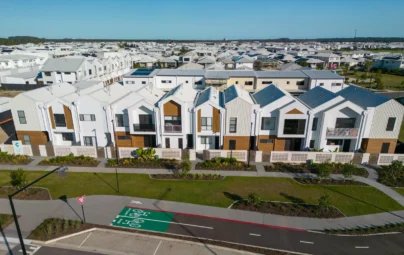
EDQ is building legacy through people-centred placemaking
In urban planning, legacy isn’t just about what’s built, but its lasting impact on communities. An organisation’s legacy is key to effective placemaking, where planning decisions today can shape communities for generations to come.
Imagine a community where you feel a sense of belonging. It’s a place where the streets feel safe and inviting, the shops cater to your needs, and there are spaces to connect with your neighbours. This is the essence of people-centred placemaking – designing spaces for people, not just around them.
Research demonstrates a clear link between a strong sense of place and improved resident well-being. People-centered placemaking recognises this connection and strengthens it by creating spaces that encourage social interaction and social capital, the network of relationships that binds a community together.
The ShapingSEQ 2023 plan hails placemaking as a tool for creating vibrant spaces throughout south-east Queensland. The Queensland Government prioritises liveable communities and Economic Development Queensland (EDQ), the Queensland Government’s land use planning and property development agency, leverages placemaking strategies that deliver lasting value. Through collaboration and people-centred design, EDQ’s projects become catalysts for thriving communities, leaving a positive legacy on the Queensland landscape.
EDQ’s collaborative approach
EDQ plans for our economy, communities and environment through a collaborative planning framework encompassing plan-making, development assessment, and dispute resolution. Responsibilities are shared between state and local governments, ensuring a cohesive process responsive to the diverse needs and aspirations of Queenslanders.
EDQ’s development schemes integrate urban performance factors and built form guidelines that recognise and respond to local context. The Have Your Say platform and engagement tools (surveys, workshops, consultations) ensure residents, developers and stakeholders have a voice in shaping priority development areas (PDAs). This means placemaking principles are woven into the fabric of EDQ’s projects, creating spaces that are functional and truly meaningful for their communities.
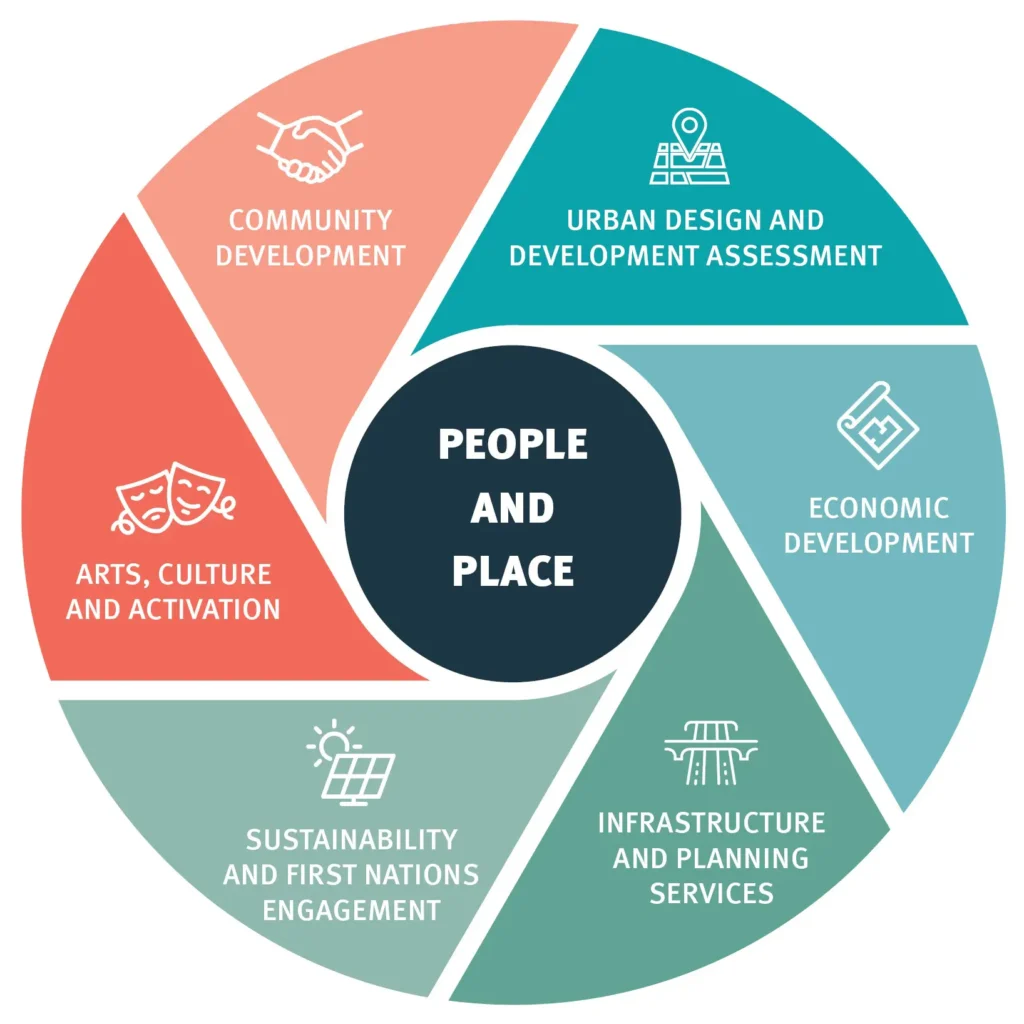
EDQ’s organisational structure mirrors the approach advocated by Placemaking Education, integrating expertise across a range of disciplines: planning, urban design, development assessment, infrastructure services, economic development, cultural activation, sustainability and innovation. This ensures projects consider functionality, community needs, and long-term viability.
Learning from the past shapes the future
Placemaking is not a new concept. While Project for Public Spaces popularised this term in the mid-1990s, pioneering thinkers like Jane Jacobs and William H. Whyte championed the importance of people-centric design decades earlier, recognising the profound impact public spaces have on communities and laying the groundwork for the formalised approach to placemaking we see today.
This history of placemaking isn’t just about aesthetics; it provides a roadmap where an organisation’s legacy acts as a window into shared values.
- Building on successes and learning from missteps: Legacy reveals past placemaking triumphs, enabling EDQ to replicate and build on successful elements, but also highlight ones that potentially didn’t meet community needs or weren’t agile enough to respond to changing demographics, population numbers, and climate impacts. EDQ’s approach and ability to amend development schemes ensures PDAs continue to deliver outcomes for their community and remain relevant in today’s landscape.
- Building trust and credibility: People are more likely to embrace new projects and develop a sense of pride and ownership when they see an organisation’s genuine dedication to creating vibrant and sustainable places.
- Collaborating with First Nations Communities: Understanding a site’s connection and importance to Country for First Nations people is crucial. EDQ strives to embed First Nations perspectives and participation in our developments.
Understanding legacy fuels impactful placemaking. Connecting past, present, and future, ensures EDQ leaves a lasting legacy of its own – thriving communities built through thoughtful, people-centered design.
Plan for people, not places
EDQ recognises that this goes far beyond built form and can create significant social and economic dividends.
Like Lumina, where co-working spaces, incubator programs and open plazas encourage interaction between researchers, entrepreneurs, and healthcare professionals, springboarding innovation and a thriving knowledge economy.
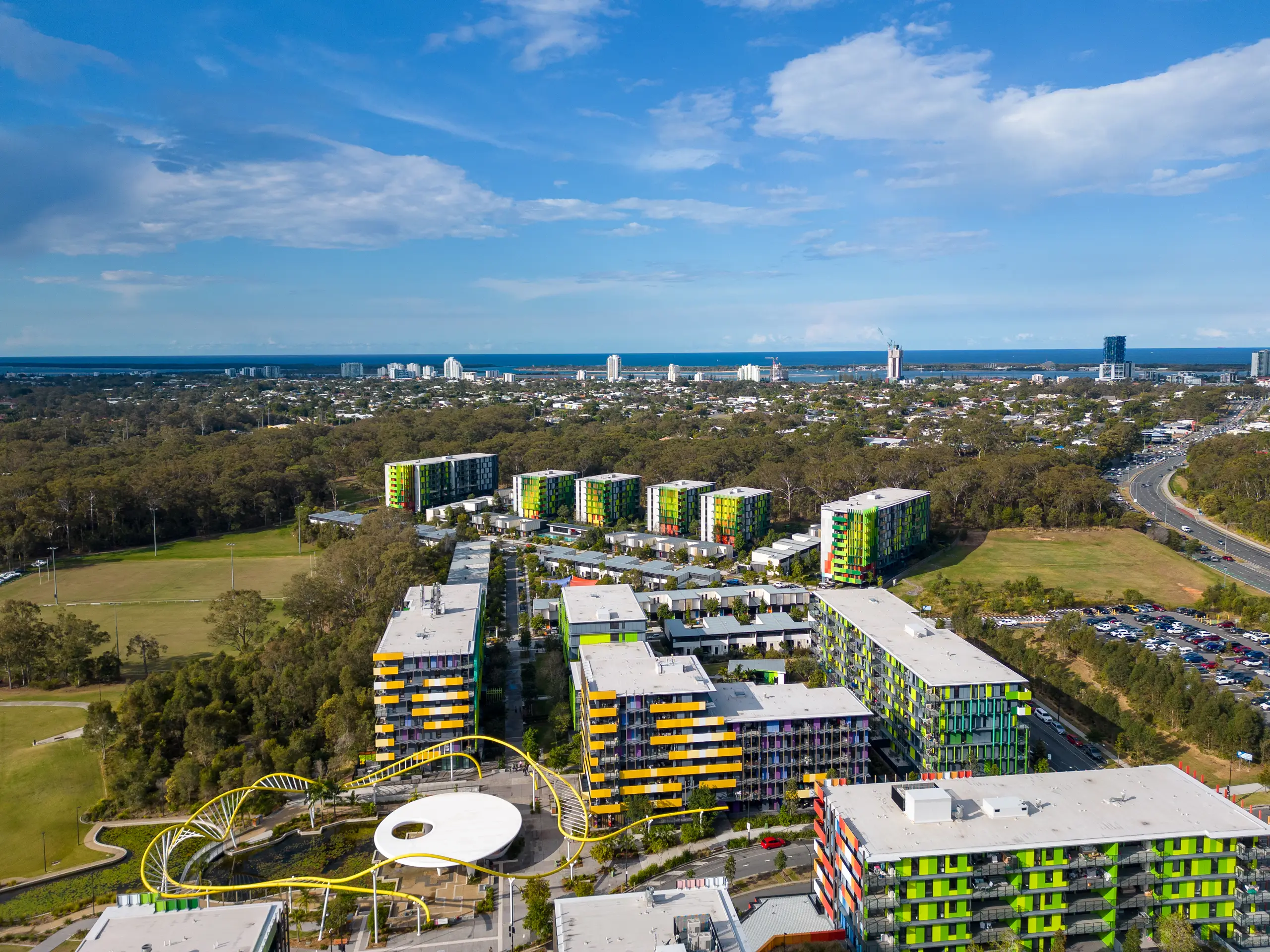
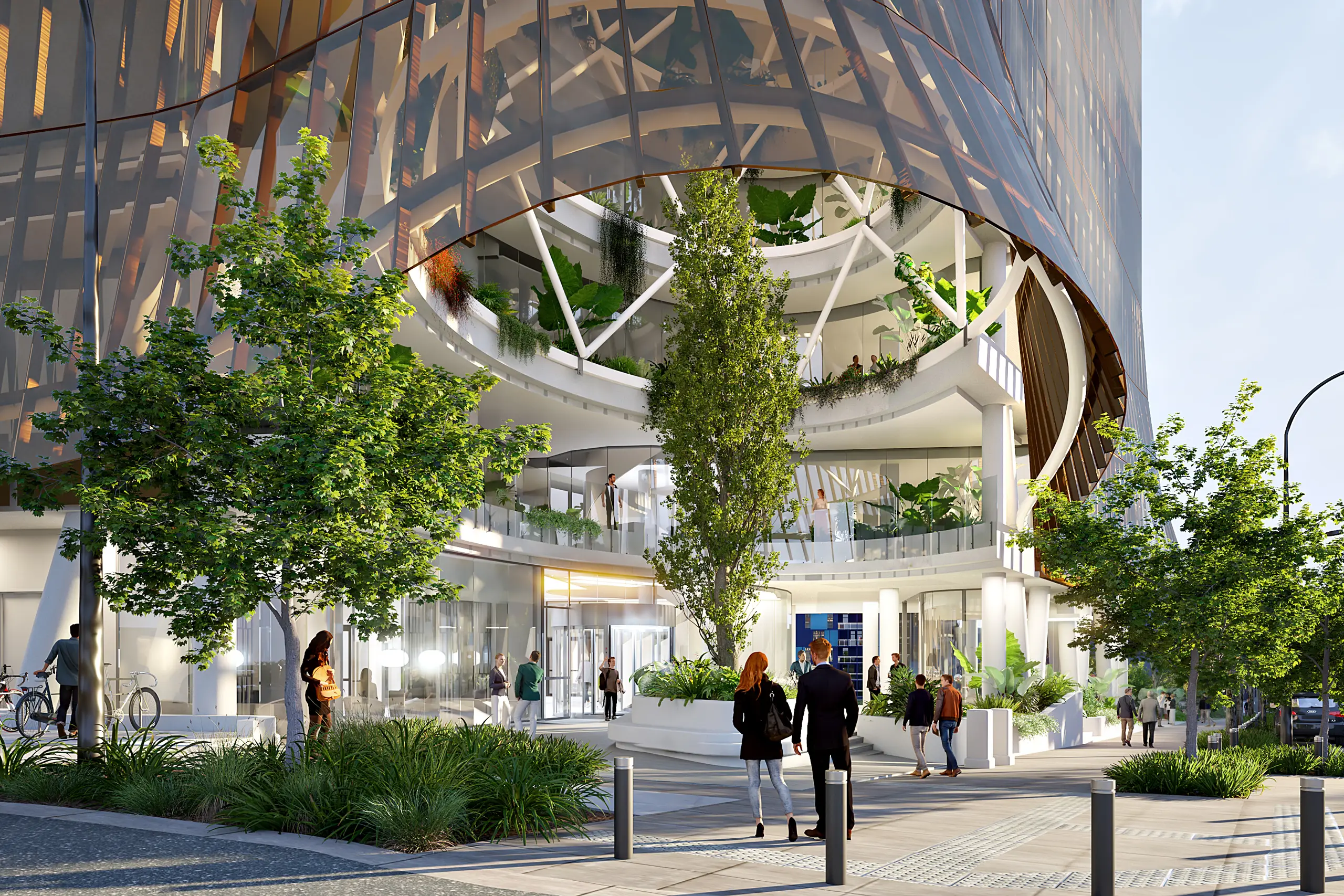
Queen’s Wharf Brisbane
EDQ is leading multi-million-dollar projects that celebrate our history while building an identity for the future, like the $3.6 billion Queen’s Wharf Brisbane (QWB) development. QWB will become a global destination, reconnecting the city’s center with its most iconic waterway.
EDQ worked with developer Destination Brisbane Consortium to deliver heritage protection and public realm strategies that preserve the history of the area, while ensuring strong placemaking outcomes for the community. Pedestrian and cycling infrastructure support active lifestyles and connectivity, while 8 hectares of public realm and green space – the equivalent of 12 football fields – provide opportunities for social connection, recreation, relaxation, and access to arts, culture, and outdoor events. The Mangrove Walk enhances cultural awareness by integrating First Nations storytelling elements, encouraging a deeper understanding of cultural identity and a strong sense of place.
A 6-Star Green Star Communities accreditation represents world-leading sustainable precinct planning and design, with two 6-star Green Star residential towers that will showcase subtropical design and the liveability of the Brisbane CBD.
QWB will connect the CBD, South Bank Cultural Precinct, and Botanic Gardens, creating a more accessible city centre. The new Neville Bonner Bridge, named after Queensland’s first Indigenous Senator, is a key piece of public infrastructure, creating pedestrian connectivity between QWB in the CBD and South Bank, two of Brisbane’s most important cultural and tourism destinations, previously separated by the Riverside Expressway.
QWB will also be a significant contributor to Queensland’s economy and key employment destination creating 2000 jobs during construction and 8000 ongoing jobs when operational.
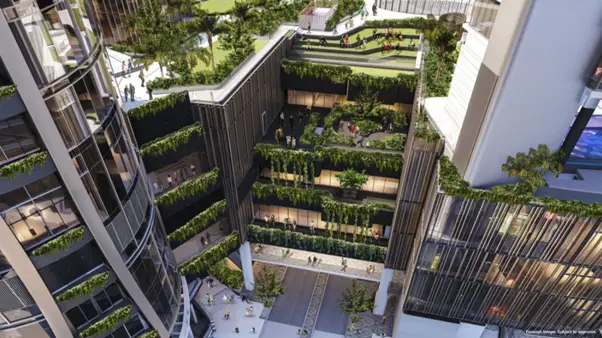
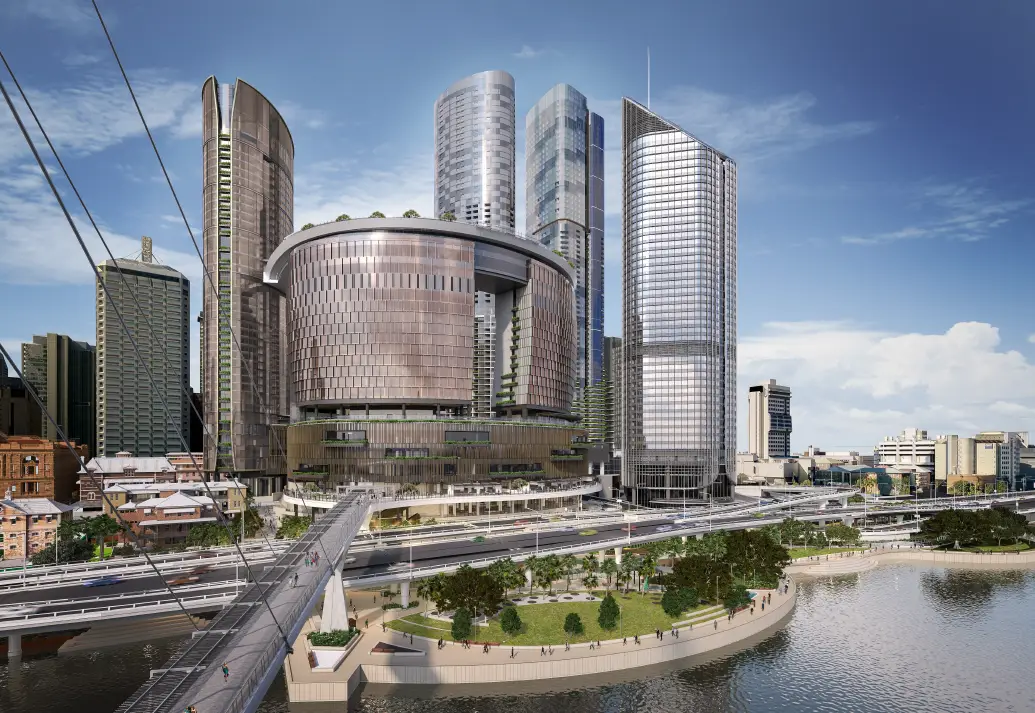
Bowen Hills
The Bowen Hills PDA is a prime example of people-centered placemaking. Previously, an industrial area that was limited by a lack of amenities, safety accessibility and fragmented public spaces, this area presented a unique opportunity to deliver a vibrant, sustainable, and connected urban center through strategic collaborations with developers and Brisbane City Council.
By mandating minimum landscaping requirements and deep planting within landscape design, EDQ tackles the “urban heat island effect,” where cities trap heat. Deep-planting strategies can lower these temperatures by a significant 4 degrees Celsius, as well as improving air quality and pedestrian comfort.
EDQ worked closely with developers to implement tailored retail and commercial strategies that best serve the community and contribute to the overall placemaking vision.
EDQ’s collaboration with JGL Properties on the Jubilee Place redevelopment ensured the integration of extensive greenery in the building design, including a rooftop boasting over 50% green cover and regionally significant Brush Box trees, contributing to a wider urban green corridor across Fortitude Valley.
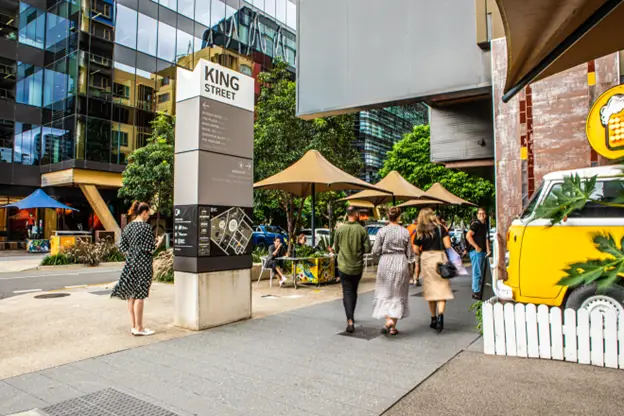
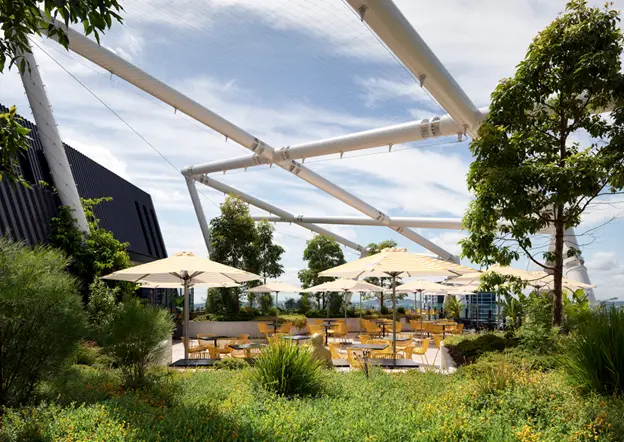
Unlike traditional car-centric developments, EDQ prioritises a pedestrian-focused environment by delivering high-quality, wider-than-standard footpaths, exceeding accessibility and inclusivity standards and creating places for people, as seen in the vibrant, successful King Street precinct. Restricting traditional podium parking supports a positive relationship between public and private spaces. Carparking is designed to be adaptable, allowing for future conversion to commercial use as the community’s needs evolve.
EDQ is committed to increasing housing supply and diversity by mandating 3+ bed apartments, and social and affordable housing. High-quality build-to-rent schemes are underpinned by amenities and collective spaces that offer built-in community, providing a desirable alternative to long-term ownership for the growing young demographic and qualified professionals in the area.
Spaces for life
Placemaking Education defines placemaking as:
“An inclusive and collaborative process that brings people together to create positive changes in a place or area. This also includes improving existing spaces to make them more comfortable, accessible, active and attractive.”
EDQ thrives on revitalising underutilised, complex development sites, expanding their potential to create positive change. By integrating placemaking principles in our planning strategies, we breathe new life into these areas, creating vibrant, sustainable, connected and inclusive communities.
For general enquiries, email –
[email protected]
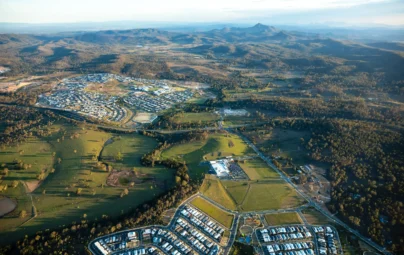
Unlocking over 1,800 new homes in Ripley Valley
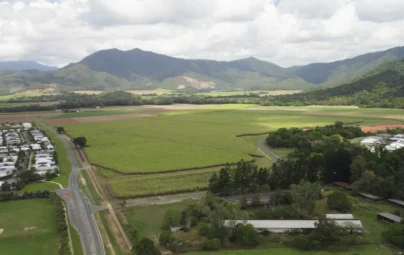
Partnering for regional growth: EDQ’s Regional Tour
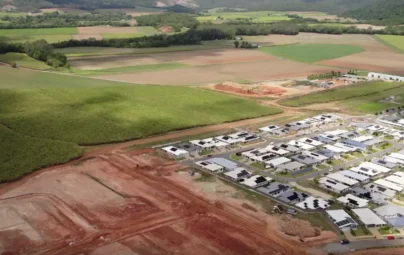
EDQ is enabling industry-led delivery of housing
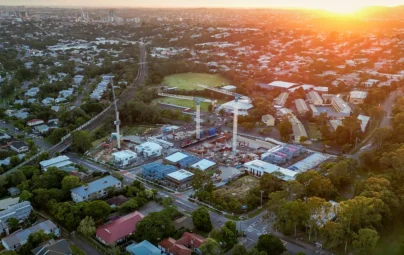
Precinct potential in action: Parkside Yeronga
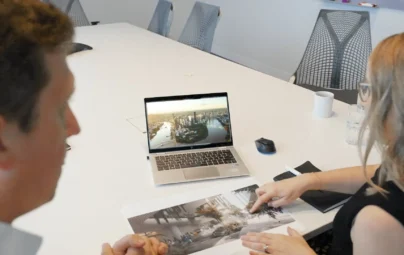
What industry needs to know about engaging with EDQ

You ask, we answer
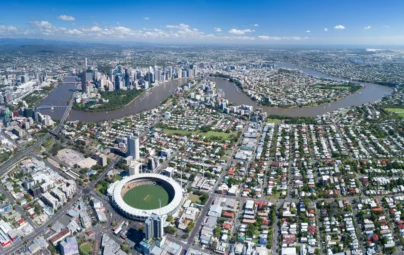
Housing for Woolloongabba to be fast-tracked
